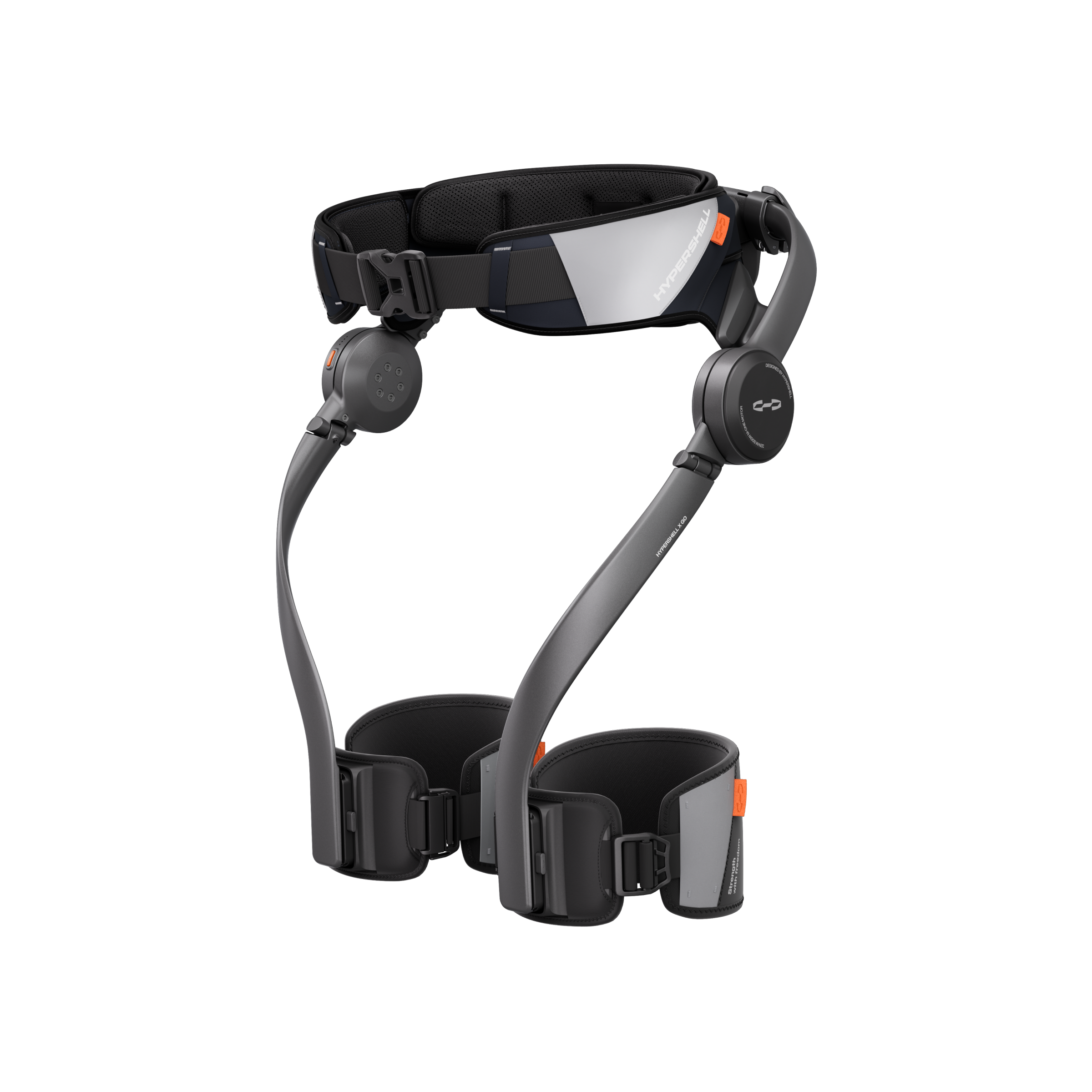I've done quite a bit of research on e-bike kits and have some thoughts.
As I mentioned in my previous post, I’m looking for a kit that is compatible with my lightweight road bike (Scott Addict).
A few days ago, I tried out the Scott Addict eRIDE 30 and confirmed that the torque from the Mahle X20 is enough for my needs.
After looking around, I realized most conversion kits on the market weigh around 4 kg.
I consulted with my engineer friend, who's a seasoned motor expert. He told me that the size of the motor has a lot to do with torque. I asked him if it's possible to have a motor with the torque of the Mahle X20, but smaller in size.
To my surprise, he told me it could be at least 30% smaller than the X20.
So, based on our conversation and my ongoing research, I've come up with an idea:
Is it possible to create an ultra-small, ultra-light hub motor? (Of course, it needs to ensure it has enough torque for hill climbing.)
As I mentioned in my previous post, I’m looking for a kit that is compatible with my lightweight road bike (Scott Addict).
A few days ago, I tried out the Scott Addict eRIDE 30 and confirmed that the torque from the Mahle X20 is enough for my needs.
After looking around, I realized most conversion kits on the market weigh around 4 kg.
I consulted with my engineer friend, who's a seasoned motor expert. He told me that the size of the motor has a lot to do with torque. I asked him if it's possible to have a motor with the torque of the Mahle X20, but smaller in size.
To my surprise, he told me it could be at least 30% smaller than the X20.
So, based on our conversation and my ongoing research, I've come up with an idea:
Is it possible to create an ultra-small, ultra-light hub motor? (Of course, it needs to ensure it has enough torque for hill climbing.)

